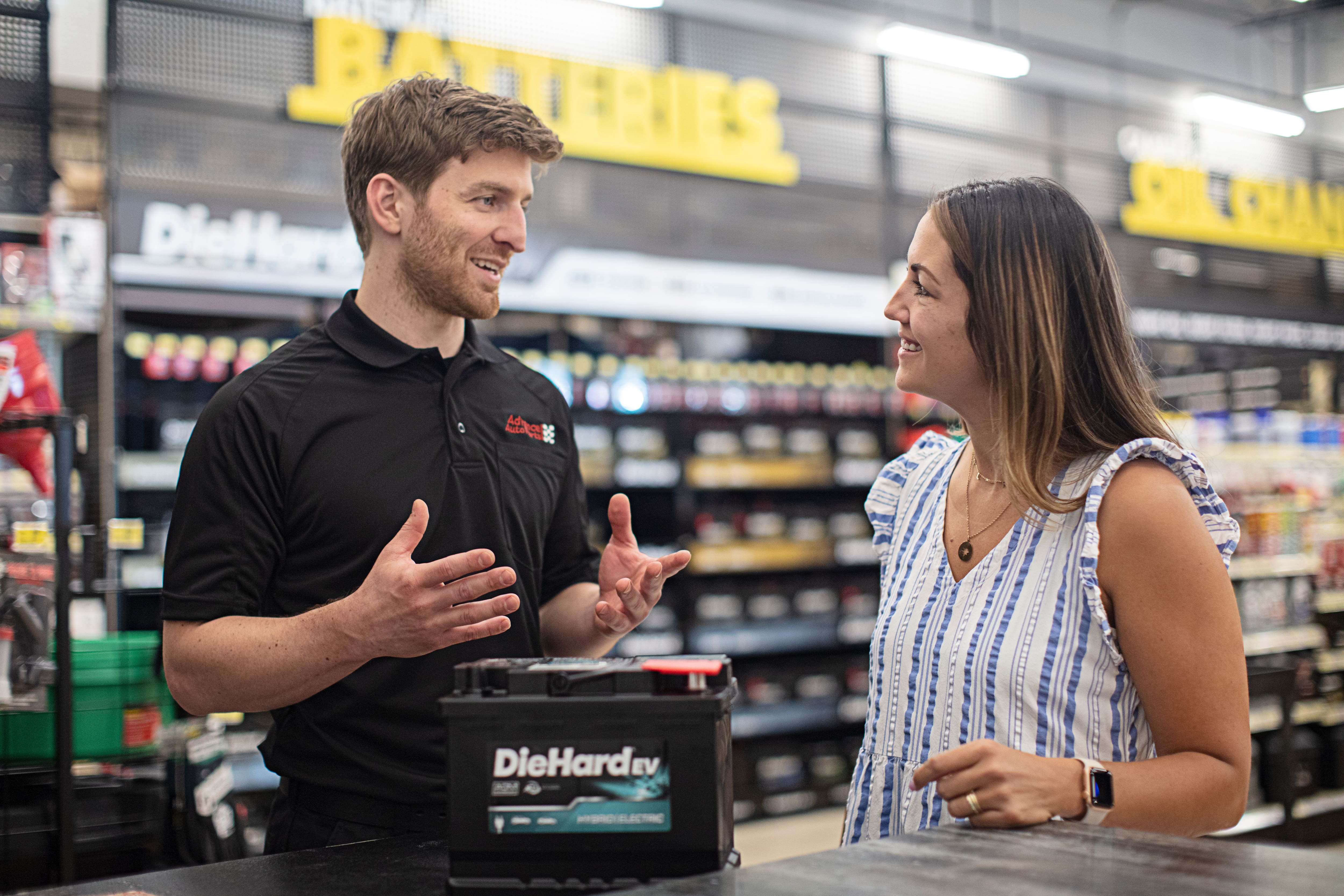You might be thinking it's time to replace your tie rod ends, or maybe your mechanic laid down the law. Either way, it's time to first understand the basics, like what is a tie rod end, as well as the symptoms of a failing tie rod end. While failing tie rods can be a serious issue, there are some easy solutions to the troubles you may have with them. Here's a complete look at everything you need to know about tie rod ends.
Tie rod end | Craig Howell/Flickr
What is a tie rod end, and what does it do
Tie rod ends are simple parts that connect the steering rack to the steering knuckle on each front wheel. An adjusting sleeve sits between the inner and outer tire rod ends. When you turn the steering wheel, it transmits that movement through various steering components until the tie rod ends push or pull the wheel and make the wheels turn. Having the ability to turn corners is pretty important, so tie rod ends play a large role in any vehicle's safety. Deceptively simple looking, the outer tie rod end hides some internal parts.
Here's a breakdown of the different pieces:
- The long shaft body passes steering movement to the ball stud
- The rounded part houses several bearings that give you proper steering movement even while compensating for bumpy roads
- There's usually a grease fitting on the back allowing the bearings to spin freely inside the housing
- The bushing is there to keep road grit out of sensitive internal parts
- The threaded bolt end goes into the steering knuckle
- The inner tie rod end straight body connects to a bearing housing. It's all covered by a rubber protective dust boot
Outer tie rod end | MOOG
Inner tie rod end | MOOG
Symptoms of failing tie rod ends
- Uneven tire wear. If the inside or outside tread of your front tires are wearing early compared to the rest of the tread, it can be a sign that the wheel camber is incorrect.
- Squealing sound from the front when turning. This sounds different from the squeal/groan the power steering makes when low on fluid. A failing tie rod end has more of a brief, high-pitched shriek. This could just be a bad ball joint, so take a look to be sure.
- Loose steering feel. Also described as clunky or shaky steering, this will feel like a slight disconnect between steering movement and the associated movement in the wheel/tire.
- Tie rod failure. This is the most severe sign. A broken tie rod causes steering loss, which could lead to an accident. This is why manufacturers take these components seriously and recall a vehicle if there's a chance they were misassembled at the factory.
How to tell if tie rods are bad
Fortunately, it's simple to check if the tie rods are bad. Jack up the front of vehicle, using an appropriate weight jack and rated jack stands. Once the wheel is entirely off the ground, check for play by placing your hands at nine o'clock and three o'clock positions (the midpoint of the left and right sides of the tire). Press with left, then right, alternating a push/pull movement on each side. If there is play or slop, it's worth investigating further. The front is already jacked up, so take off the wheel and have a look underneath.
Right behind the brake rotor and hub, you should be able to see the tie rod end. Inspect it for any damage. If the bushing is torn, odds are road grit has accumulated inside and destroyed it, so you will need to replace the tie rod. If the bushing is solid, reach up and grasp the outer tie rod firmly, and give it a good shake. If it easily moves from side to side, it's time for replacement.
Preventative maintenance is key
At every oil change, grease the tie rod ends. Look for a grease fitting on the outer edge by the bushing. Clean it off, and use a grease gun filled with the proper grease. The new grease pushes out the old, as well as any collected contaminants and road grit. Sure, it's an extra step when changing the oil, but tie rod maintenance will delay the need for a tie rod replacement.
If it's time to replace your tie rods, there is some good news. Since they are wear items that are meant to be replaced, they are easy to find online or in your local Advance Auto Parts store, and they're affordable and a straightforward replacement. You'd probably want adjustable tie rod ends in your souped-up classic, but the standard replacement parts are rock solid for daily driver duty.
Have any additional tips on tie rod ends? Drop a comment below.









